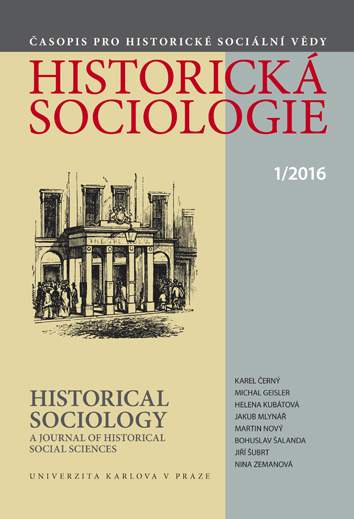Collective Memory and Collective Identity of Hlučín Region Inhabitants in the 20th Century
Collective Memory and Collective Identity of Hlučín Region Inhabitants in the 20th Century
Author(s): Helena KubátováSubject(s): Ethnohistory, Sociology of Culture, Ethnic Minorities Studies
Published by: Univerzita Karlova v Praze, Nakladatelství Karolinum
Keywords: regional consciousness; communicative memory; border; Hlučín Region; history; community
Summary/Abstract: The Hlučín Region is a small border area in the Moravia-Silesia Region. Its history is specific. Over 25 years in the 20th century, its border shifted three times and its inhabitants’ nationality also changed three times. The region was annexed by the German Reich in 1938 and its inhabitants gained the rights of citizens of the Reich, with the obligation to enlist in the Wehrmacht, the armed forces of Germany. These historical turning points and their consequences after the Second World War are part of the cultural and communicative memory of most of the local people. The purpose of the article is to show the communicative memory of Hlučín Region inhabitants and the common knowledge of 20th century historical events to be one of the important integral parts of regional identity, which is a source of regional consciousness. Hlučín Region inhabitants identify themselves strongly with their region and society. This identification results from specific culture finding its expression in shared values, faith and traditions, and from the awareness of their own specificity. As a consequence of the predominant regional endogamy, this culture is handed down from one generation to another. Strong regional consciousness based on this identification, has a positive influence on the rich communal life and possibilities of stabilization and further development of the region.
Journal: Historická sociologie
- Issue Year: 2016
- Issue No: 1
- Page Range: 11-32
- Page Count: 22
- Language: English

